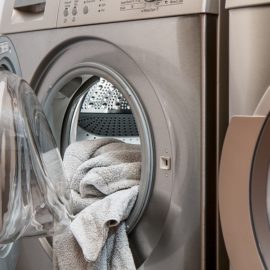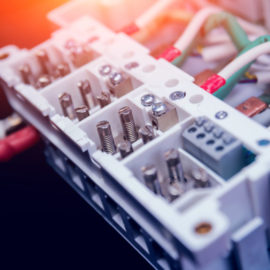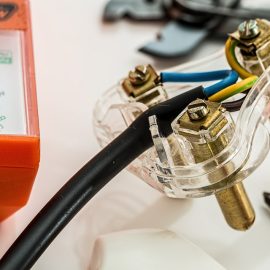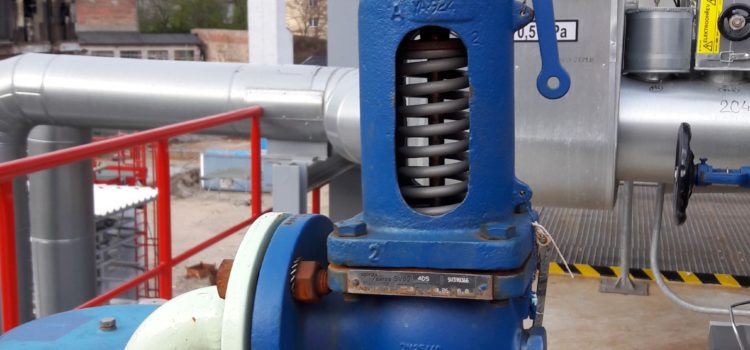
Summary
– A safety element of the hot water central heating system
– An element of comfort
– A source of energy savings
– Characteristics and installation of a differential pressure valve
The differential pressure valve is calibrated, installed in bypass between the flow and return circuits of a heat transfer liquid system.
It is both a safety element for the installation, a comfort element for the occupants, and a source of energy savings.
A safety element of hot water central heating
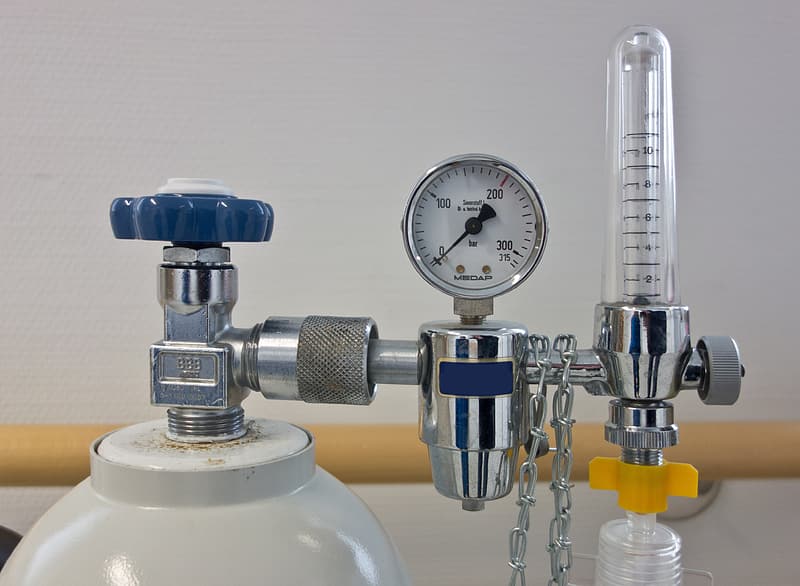
When a thermostatic radiator valve reduces its flow rate, the pressure drop causes the pressure in the supply circuit to increase, and the return circuit’s pressure decreases (pressure differential).
The consequences are an acceleration of the flow velocity in the loop. The other radiators’ power increases, the circulation pump (gas pedal) is subjected to unusual mechanical, thermal, and electrical stresses (premature wear).
As soon as all the valves are closed (which frequently happens in half seasons), the flow and return circuits are entirely isolated. There is no more flow, but the pump continues to run at full speed.
The consequences are a dangerous overpressure for the circulation pump, which operates in permanent overload without any flow.
Good to know: the differential pressure valve opens gradually as soon as the pressure difference between the flow and return circuits reaches the preset set value to maintain a flow rate and pressure compatible with the pump. The pump, therefore, operates at constant pressure and is protected, and its energy consumption remains optimal.
An element of comfort
The overpressure causes vibrations, which are transmitted to the living area by the pipes. The heat transfer fluid’s excessive-velocity can generate permanent flow noises and turbulence (hissing or whistling) when the valves are about to close.
Good to know: the installation of a differential pressure valve eliminates this noise pollution and stabilizes the ambient temperature.
A source of energy savings
One solution to avoid the consequences of pressure variations in the network is to keep a radiator (often the furthest away) open at all times.
Apart from the fact that this practice does not eliminate the consequences of fluid acceleration (flow noises), the room, deprived of a thermostat, is overheated. The hydraulic loop (flow and return) dispenses calories unnecessarily.
Good to know: the differential pressure valve avoids energy expenses by limiting the length of the permanent hydraulic loop. The percentage of savings increases with the insulation performance of the building.
Characteristics and installation of a differential pressure valve
Depending on their purpose, differential pressure valves are designed to operate between 3 and 16 bar, at maximum temperatures between 110 and 130 °C.
The brass or stainless steel housing contains a flap closed by a calibrated spring whose graduated adjustment range varies according to the manufacturer (± between 0.05 and 1.2 bar). For increased versatility with specific tube connections, the connection ports, in-line or angle, have either female-female (FF), male-male (MM), or male-female (MF) threads. Typical sizes for domestic installations are 3/4, 1, and 1 1/2″.
Ideally, the differential pressure valve should be installed, bypassing the flow and return pipes immediately after the pump, considering the flow direction (arrow). In a multi-loop installation, it is possible to install a differential pressure valve on each network.
Good to know: Each differential pressure valve model is designed to operate within a defined power range in kW or m³. For example, up to 22 kW; from 22 to 32 kW; from 32 to 64 kW; connection to district heating with a flow rate < 3 m³/h.
You can read more here:

